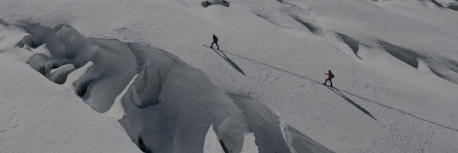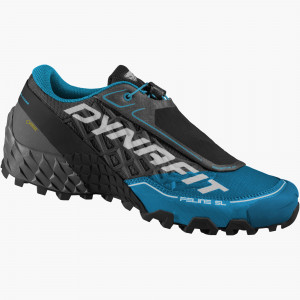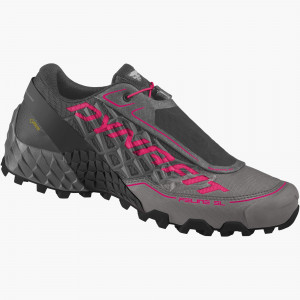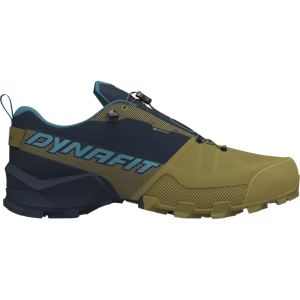Trail running in fall and winter – 10 tips and tricks for a safe running adventure
Fall is nearly here. Temperatures are dropping, the days are getting shorter, and the weather more changeable. That is of course no reason to hang up your trail running shoes. Running on unpaved trails is a great outdoor experience with lots of variety that challenges the body and soul during any season. In fall and winter, however, the conditions on the trails can definitely be a little more challenging. Meaning you should be appropriately prepared. To best offer support for your next running adventure, we have put together a few tips and tricks for you.
1. Performance apparel
Water- and wind-proof apparel is an absolute must in the fall. That keeps you dry in rain, snow, and mud so you don’t catch a cold. To that end, get a look at our ultralight, breathable trail running jackets. They are a reliable trail friend so you can get out in wind and weather.
In addition, when trail running in the fall or winter, you need to use the layering principle. With it, you can as needed shed or add a layer simply and quickly to protect your body from cold or wet conditions. A light and packable insulating jacket can always find space in every pack and offers protection in cold temperatures. On your head and extremitiesis where the most heat is lost. That’s why you should always wear gloves as well as a beanie or headband when running in cold weather. Read more information about that in our article about ideal trail running apparel.
2. Reflectivity
Reflective elements on your apparel and footwear allow you to be seen better by others, keeping you safe especially in road traffic. Meaning you can log your workouts all year round without a worry, even at twilight. The DYNAFIT Reflective Collection is the perfect solution to be very visible even in the darkness.
3. Footwear
Shoes with a good grip and tread are indispensable on muddy and wet trails. In addition, many running shoes have a waterproof GORE-TEX membrane so you return home with dry feet. If the trails are already covered with ice and snow, spikes can also be a very good idea so you don’t slip.
4. Intelligent accessories
Poles can offer more stability and safety on trails. In particular on steep climbs they can be very helpful to keep your balance. The DYNAFIT Ultra Pro pole is for example an ideal companion on the trails. It is super light and ready to go in seconds. When it’s not needed, it can be folded to save space and attached to your pack. Find more information about poles, tips about technique, and all about the proper length in our article here.
Since fall days are shorter a headlamp is also essential. That offers you good vision in the twilight and darkness, and you can run safely on trails.
5. Backpack
From a small running belt for short routes to running vests for ultra distances, we offer the suitable trail running backpacks for all needs. With that, you can stash important items for your trail run, and you still have them right at hand so you can focus on your run. A hydration reservoir or small flasks that can be attached to your running vest are good options to have fluids along with you. Be sure to drink sufficient fluids. When it’s cold, you often don’t feel as thirsty. Nevertheless, your body needs fluids to function properly. So your beverages don’t freeze in sub-zero temperatures, an insulated bottle holder or an insulated bottle are a good choice.
For longer outings, it never hurts to take some snacks with you. Energy bars, nuts or dried fruit can help you maintain your performance and to avoid cramps and spasms.
6. Trail selection
Being well-oriented is especially important when trail running. Seek out a route in advance and always have your smartphone or a GPS device with you. In case you get lost, you can re-orient yourself and always find the way back. In the fall, when it gets darker earlier, it can happen very quickly that you suddenly aren’t sure where you are.
7. Safety
Before you head out on the trail, you should tell someone when you are planning to go and how long you anticipate being out. This helps help to be organized more quickly in case of an accident. On Strava, for example, your safety contact can be alowed to follow you and your run live.
8. Warm-up
In cold weather, you should do a short warmup before you really head out to avoid injuries. Stretch your muscles and do a few easy exercises to help rise your body’s temperature.
9. Training intensity
When it’s icy cold, you should lower your training intensity a bit to protect your lungs and bronchial passages. It is better to do regular base training runs than to burn yourself out with short, intense workouts.
A neck gaiter protects your neck in especially cold temperatures. It can also be used as a mouth and nose shield to help warm up the air you will be breathing.
10. #Speedup
Last but not least: Enjoy the outdoors and your run! Trail running in fall and winter not only offers an athletic challenge, but also a new perspective on the mountains. Running with a team or as part of a group can lend more appeal for new trails or to beat your best time. Become part of the DYNAFIT SQUAD on Strava, and find inspiration and motivation from other trail runners.
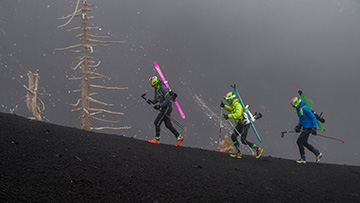
Etna Speed Rush
Read more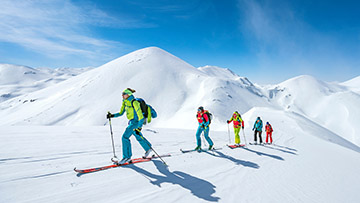
Ski Touring Crete
An experience report about an exotic ski touring trip to Crete, endless snow-covered expanse in the Lefka Ori mountains and Greek hospitality.
Read more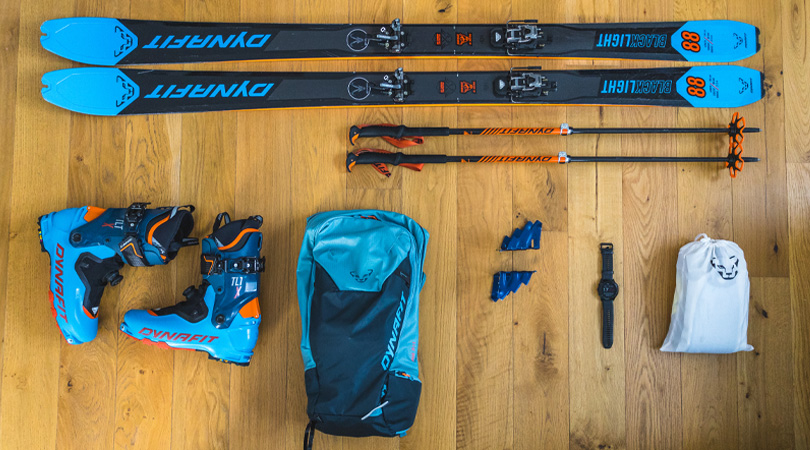
What's inside my skimo pack?
Are you planning a ski tour? Our packing list will help you optimize your preparation. From the right equipment to key essentials, you will find everything you need for the perfect ski tour.
Read more





